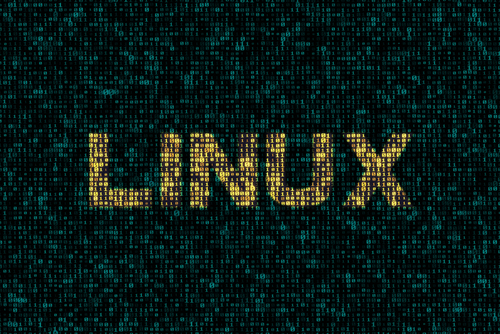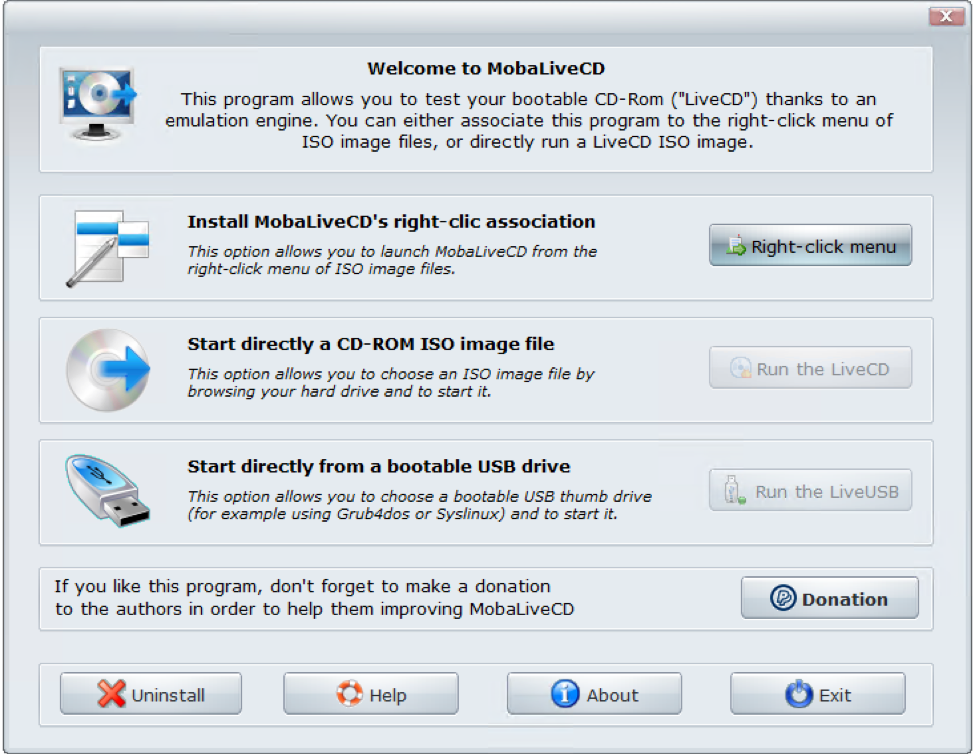
For many different reasons, you may not be able to install Linux on your computer.
Maybe you are not familiar with words like partitioning and bootloader, maybe you share the PC with your family, maybe you don’t feel comfortable to wipe out your hard drive and start over, or maybe you just want to see how it looks before proceeding with a full installation.
I know, it feels frustrating, but no worries, we have got you covered!
In this article, we will explore several ways to try Linux out without the hassle of a classical installation.
Choosing a distribution
In the Linux world, there are several distributions which are quite different between them.
Some are general purpose operating systems, some others are created with a specific use case in mind. That being said, I know how confusing this can be for a beginner.
If you are moving your first steps with Linux and you are still not sure how and why to pick a distribution instead of another one, there are several resources online available to help you.
A perfect example of these resources is the website https://distrochooser.de/ which will walk you through a questionnaire to understand your needs and advice on what distribution could be a good fit for your use case.
Once you have chosen your distribution, there are high chances it will have a live CD image available for testing before the installation. If this is the case, here below you can find many ways to “boot” your live CD ISO image.
MobaLiveCD
MobaLiveCD is an amazing open source application which lets run a live Linux on windows with nearly zero efforts.
Download the application from the official site download page available here and run it.
It will present a screen where you can choose either a Linux Live CD ISO file or a bootable USB drive.

Click on Run the LiveCD, select your ISO file, select no when asked if you want to create a hard disk.

Your Linux virtual machine will boot up “automagically”.
